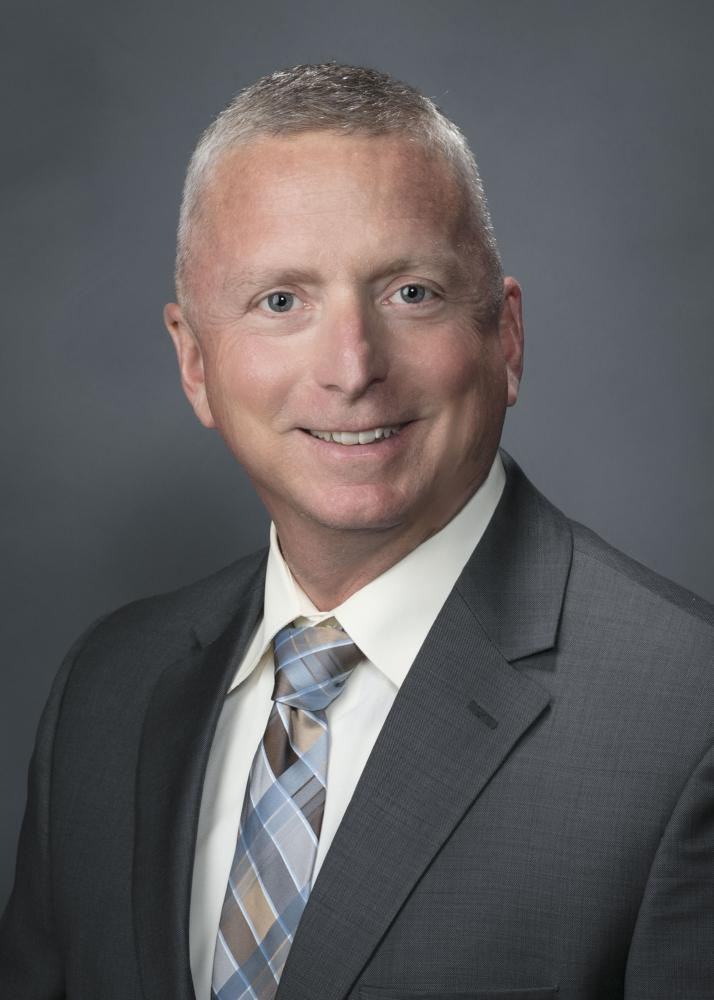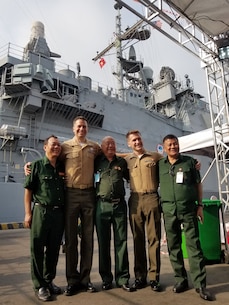See Figure 1 for FOD Prevention Area signage and basic definitions 4.4.1 FOD Prevention Area(s) The following areas within the site/facility are designated as FOD Prevention Areas: 1. (insert descriptions of area(s) to be controlled and each area’s sensitivity level (if applicable), temporary areas need not be added to your FOD Prevention Plan). Foreign Service Officer The mission of a U.S. Diplomat in the Foreign Service is to promote peace, support prosperity, and protect American citizens while advancing the interests of the U.S. If you’re passionate about public service and want to represent the U.S. Around the world, a challenging and rewarding career is waiting for you. County Services Impacted by COVID-19 View comprehensive list of meetings and departments affected by COVID-19 Pay Property Taxes Look up and pay your property taxes online Social Services Find a range of public services and opportunities that enhance the quality of life.
United States Army. Area Foreign Animal Disease Diagnostician ResponseTraining. This course intends to provide a cost effective local continuingeducation opportunity and a forum for experiencedForeignAnimal Disease Diagnosticians (FADD) to share their institutional knowledge based on their experiences as state or federal field veterinary medical officers.The.
By G 3/5/7 for STAND-TO!April 4, 2010RELATED STORIES
- January 15, 2021U.S. Army STAND-TO! | Sergeant Major Assessment Program
- May 1, 2020Army REF deploys thermal imaging sensors
- April 7, 2020U.S. Army selects senior warrant officer advisor to the Chief of Staff of the Army
- February 11, 2020Army National Military Cemeteries renamed as Office of Army Cemeteries
- November 22, 2019CIO/G-6 stands up ECMO and welcomes new director
- September 12, 2019General Officer military exchange with France approved
- September 12, 2019General Officer Assignments
- September 12, 2019List invested as new Civilian Aide to the Secretary of the Army
- September 12, 2019Office of the Chief of Staff, Army General Officer Announcement
- September 12, 2019Signal regiment honors Hollywood director
- September 12, 2019Army Announces Results From Early Retirement, Separation Boards
- September 12, 2019Army Medical Command Releases First Ever Health Of The Force Report
Our emphasis on language acquisition combined with a curriculum at the intersection of theory and practice provides U.S. military officers with the ideal training for the next phase of their careers.
The Middlebury Institute of International Studies has a longstanding relationship with the U.S. military, including the Foreign Area Officer program.
Our Foreign Area Officer Program
We offertwo options for Foreign Area Officers (FAOs) who are approved for either a 12-month or 18-month (no thesis) program. Both are highly customizable, giving you the opportunity to develop critical skills in foreign language through content-based courses integrated into the curriculum, human security and development, cybersecurity, anti-money laundering, and conflict resolution, while focusing on your region of expertise through independent directed study.

At the time of admission, Foreign Area Officers will be offered a customized degree program in either of the following:
Study at the Naval Postgraduate School

We have a close partnership with the Naval Postgraduate School (NPS), which is also located in Monterey. This gives you access to an expanded curriculum as you may simultaneously take courses at both the Institute and NPS.
Location
Though the campus is based in historic downtown Monterey, you’ll be in classes with graduate students from around the globe, giving you the valuable experience of working with civilians. Our small class sizes give you the opportunity to work closely with expert faculty and hone the skills you need for your next assignment.
Our campus is a military-friendly community, located near the Defense Language Institute, the Naval Post Graduate School, and a VA outpatient clinic. We also offer opportunities for spouses and families to be part of our campus community, including free language classes through one of our student clubs, B.U.I.L.D.
Funding
We ensure that tuition costs are covered for all officers awarded medium- and high-cost slots within the FAO program. Most officers awarded low-cost slots will also be able to be funded, but this is determined on a case-by-case basis.
Families
We offer a host of resources for students with families and opportunities for spouses to take advantage of our community.
Eligibility Requirements
All FAOs who have satisfactorily completed and/or achieved the following will be eligible:
- Bachelor’s degree
- Captain’s Career Course
- Second language proficiency
Applying for the FAO Program
Application Deadlines
We accept applications on a rolling admissions cycle. The 12-month program is available only for fall admission. The 18-month program is available for both spring and fall admission.
Application Requirements
To be considered for the FAO program, you must meet these two application requirements in addition to the application requirements for your master’s program:
- In a career objectives essay, you must do the following:
- Describe your professional goals and how our FAO program will help you achieve those goals.
- Indicate the amount of time that you have been approved to complete this course (i.e., 12 months or 18 months). If 18 months, please confirm that the thesis is not required.
- Specify your funding level (i.e., low-, medium-, or high-cost).
- You must submit evidence of the Captain’s Career Course.



Application Fee Waivers
Download Joint Foreign Area Officer Program
Application fee waivers are available to FAOs.
Questions?
Download Joint Foreign Area Officer Program Forms
Please contact us for more information.